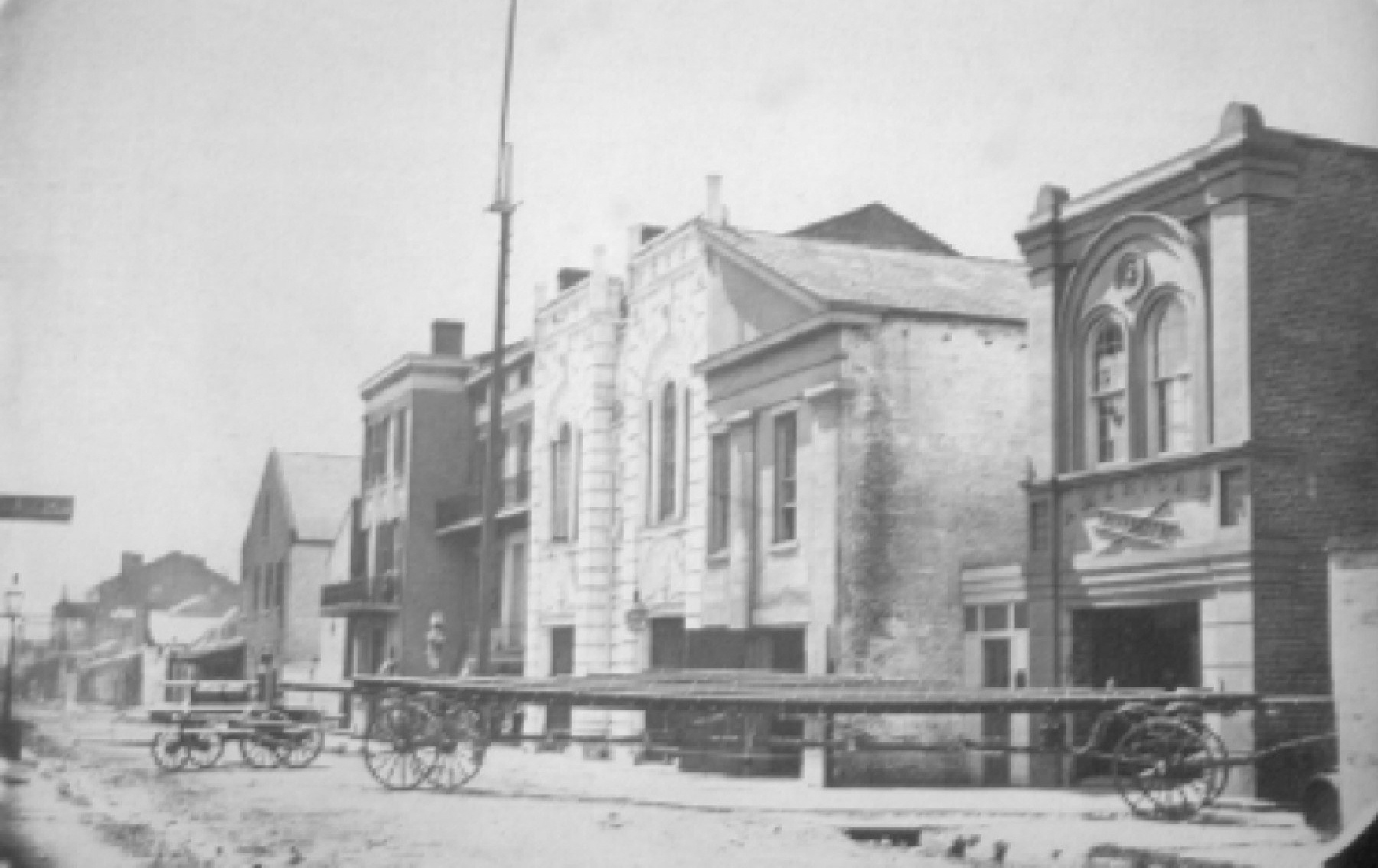Here are some citation examples for use in your footnotes. Please place your footnote number at the place where you cite material in the text. Place all footnotes at the end of the document (endnotes). Use this format:
(All the numbers should be superscripts, which I have a problem reproducing in Blogger.)
For a book:
1 Lawrence Powell,
New Masters: Northern Planters during the Civil War and Reconstruction (New Haven, CT: Yale Univ. Press, 1980), 10-23.
Second citation:
2 Powell,
New Masters, 244.
For a chapter in a book of essays:
2 Joseph G. Tregle, Jr., "Creoles and Americans," in
Creole New Orleans: Race and Americanization, ed. Arnold R. Hirsch and Joseph Logsdon (Baton Rouge: Louisiana State Univ. Press, 1992), 140.
Second citation:
3 Tregle, Jr., "Creoles and Americans," 150.
For an article in a journal:
3 Robert Cinnamond Tucker, "The Life and Public Service of E. John Ellis,"
Louisiana Historical Quarterly, 29, no. 3, (July 1946): 686.
A letter in an archive collection:
4 Abby Day Slocomb to Col. J. B. Walton, 17 July 1862, Walton-Glenny Papers, Williams Research Center, Historic New Orleans Collection, New Orleans.
U.S. Census (accessed online): Note: every decade's census has a slightly different set of page numbers, roll designations, etc. Just fit them to this form:
5
1860 U.S. Federal Census, roll m653_592, image 499 (all census records were drawn from www. ancestry.com).
A piece of ephemera or photograph in an archive:
6 Photo of Endymion Float, Endymion collection, rare vertical file, Louisiana Room, New Orleans Public Library, New Orleans.
An interview:
7 Interview of Edwin Edwards by Justin Nystrom, 17 September 2001, audio recording in possession of author.
A newspaper: (add as much information as you have for the citation - the older the newspaper, the less you usually have. Headlines and bylines are a relatively modern innovation)
8
Times Picayune, 6 July 1885
8 "Man Bites Dog," John Brown,
Times Picayune, 6 July 1992, sec. A, p. 2, col. 4.
Government publication: (again, use as much info as you have)
9
Report on the Use of Tongue Depressors in Left-Handed Doctor's Offices, Department of Health and Human Services (Washington: Government Printing Office, 1991), 21.
if it is unpublished (typescript):
9 "Report on the Liberty Monument," New Orleans City Council (New Orleans: 1987).
An item in a scrapbook:
10 unidentified newspaper clipping, 5 may 1921, scrapbook, box 2, folder 10, Grandma Clampett Papers, Howard-Tilton Memorial Library, Tulane University, New Orleans.
or
10 unidentified and undated newspaper clipping, scrapbook, box 2, folder 10, Grandma Clampett Papers, Howard-Tilton Memorial Library, Tulane University, New Orleans.
For online citations, please list complete URL of website.








